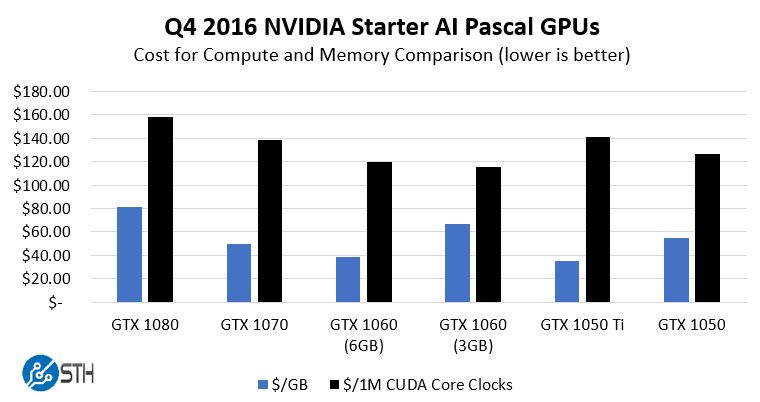
CPUs can support much larger memory capacities than even the best GPUs can today for complex models or deep learning applications (e.g., 2D image detection).
GPU COMPARE SOFTWARE
For example, through extensive software optimizations and the addition of dedicated AI hardware, such as Intel® Deep Learning Boost (Intel® DL Boost) in the latest Intel® Xeon® Scalable processors, CPU-based systems have enjoyed improvements in deep learning performance.įor many applications, such as high-definition-, 3D-, and non-image-based deep learning on language, text, and time-series data, CPUs shine. Over time, CPUs and the software libraries that run on them have evolved to become much more capable for deep learning tasks. For deep learning training with several neural network layers or on massive sets of certain data, like 2D images, a GPU or other accelerators are ideal.ĭeep learning algorithms were adapted to use a GPU accelerated approach, gaining a significant boost in performance and bringing the training of several real-world problems to a feasible and viable range for the first time. Today, GPUs run a growing number of workloads, such as deep learning and artificial intelligence (AI). Such an approach is most often employed with devices for which a compact size and energy efficiency are important, such as laptops, tablets, smartphones, and some desktops. Their integration with CPUs allow them to deliver space, cost and energy efficiency benefits over dedicated graphics processors. They bring the power to handle the processing of graphics-related data and instructions for common tasks like exploring the web, streaming 4K movies, and casual gaming. Integrated graphics processors offer several benefits. Also sometimes referred to as IGPs, or integrated graphics processors, they share memory with the CPU.

Certain CPUs can come with a GPU built in versus relying on a dedicated or discrete graphics. Integrated or shared graphics are built onto the same chip as the CPU. While graphics and the increasingly lifelike visuals of today’s top games remain their principal function, GPUs have evolved to become more general-purpose parallel processors as well, handling a growing range of applications. Over time, these fixed-function engines became more programmable and more flexible. GPUs began as specialized ASICs developed to accelerate specific 3D rendering tasks.
GPU COMPARE SERIAL
This makes it uniquely well equipped for jobs ranging from serial computing to running databases. A powerful execution engine, the CPU focuses its smaller number of cores on individual tasks and on getting things done quickly. The CPU is suited to a wide variety of workloads, especially those for which latency or per-core performance are important. But CPUs and GPUs have different architectures and are built for different purposes. What Is the Difference Between a CPU and GPU?ĬPUs and GPUs have a lot in common. The GPU is a processor that is made up of many smaller and more specialized cores. By working together, the cores deliver massive performance when a processing task can be divided up and processed across many cores. It is essential to all modern computing systems as it executes the commands and processes needed for your computer and operating system. The CPU is also important in determining how fast programs can run, from surfing the web to building spreadsheets. What are CPUs used for? What are GPUs used for? Knowing the role that each plays is important when shopping for a new computer and comparing specifications.Ĭonstructed from millions of transistors, the CPU can have multiple processing cores and is commonly referred to as the brain of the computer. A central processing unit (CPU) and a graphics processing unit (GPU) have very different roles. Whether for deep learning applications, massive parallelism, intense 3D gaming, or another demanding workload, systems today are being asked to do more than ever before.


 0 kommentar(er)
0 kommentar(er)
